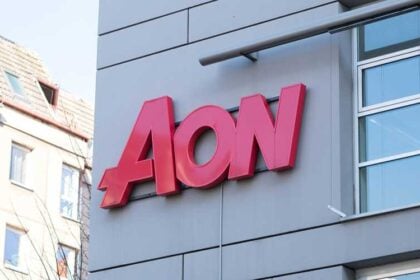Augmented Reality has become a mainstream marketing tool thanks to Pokémon Go, and in this opinion piece, Designteam marketing manager Victor David explores why neglecting AR is a poor marketing decision.
With the Pokémon Go hype, large audiences now understand and appreciate Augmented Reality, and are paving the road for marketeers to include AR as part of brand marketing and audience engagement campaigns.
In the past Augmented Reality and Virtual Reality was seen as geeky and complicated, suitable for nerds, gamers and tech lovers drifting away into a virtual world. Pokémon Go has taught the world how accessible and user-friendly Augmented Reality can be for everyone, and made people more willing to download an app for a cool, content-rich experience.
Virtual Reality on the other hand is lagging a bit behind as it needs equipment like Oculus Rift or the cheaper alternatives like Google Cardboard to view a 3D virtual world. With Augmented Reality the user just takes out a smartphone or tablet and can access the augmented experience.
The added benefit of AR over VR is with Augmented Reality, you’re still partaking in the actual world, whilst with VR you’re more or less cut off from your surroundings (and look a bit odd too…).
Therefore Augmented Reality is expected to play a stronger role in marketing than Virtual Reality, but both will become mainstream marketing instruments in the near future.
That the break-through for Augmented Reality came via Pokémon Go was quite unexpected, as it is not the first game using AR, nor the first large-scale AR application for a world-wide audience. It’s probably a perfect combination of Pokémon nostalgia, great user experience, a well-executed gamification element and an audience ‘ready’ for the new technology.
Now that the ice is broken for AR, future marketing campaigns are expected to have components of Augmented Reality, either with a custom game similar to Pokémon Go, or as an AR element complementing a campaign or brand activation.
Experiential marketing agency Designteam played into these developments by offering Augmented and Virtual Reality as a white-label solution for campaigns, making Augmented Reality more accessible and affordable for brands to include in an activation or product launch as part of a larger marketing effort, or it can be the centrepiece of a campaign.








